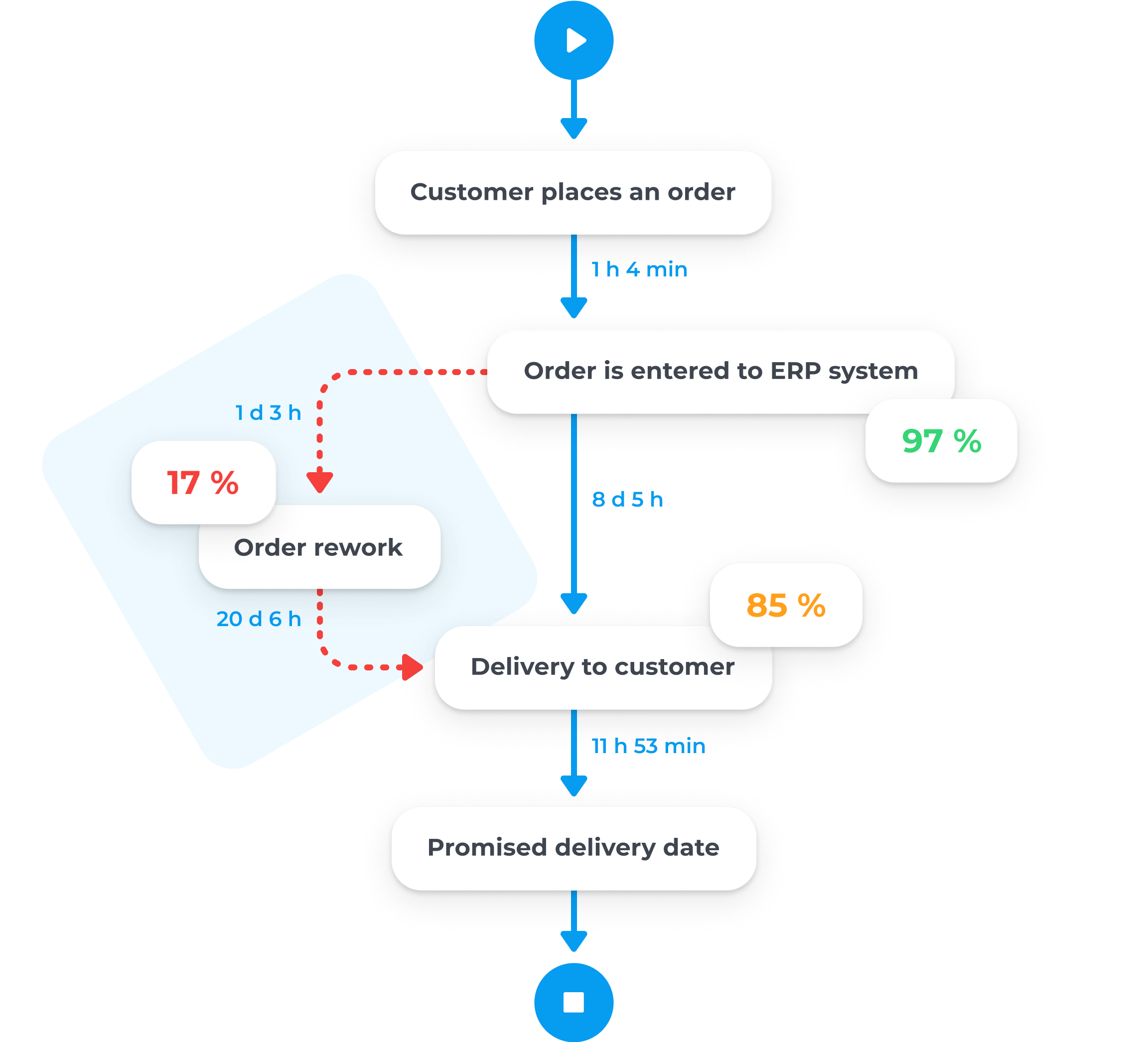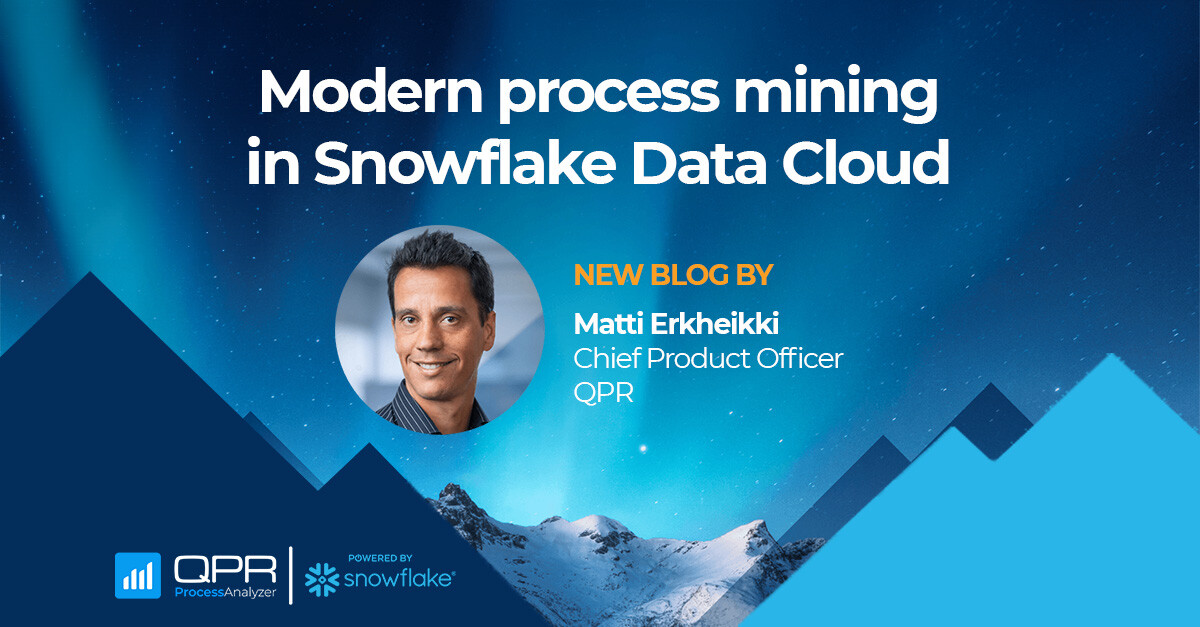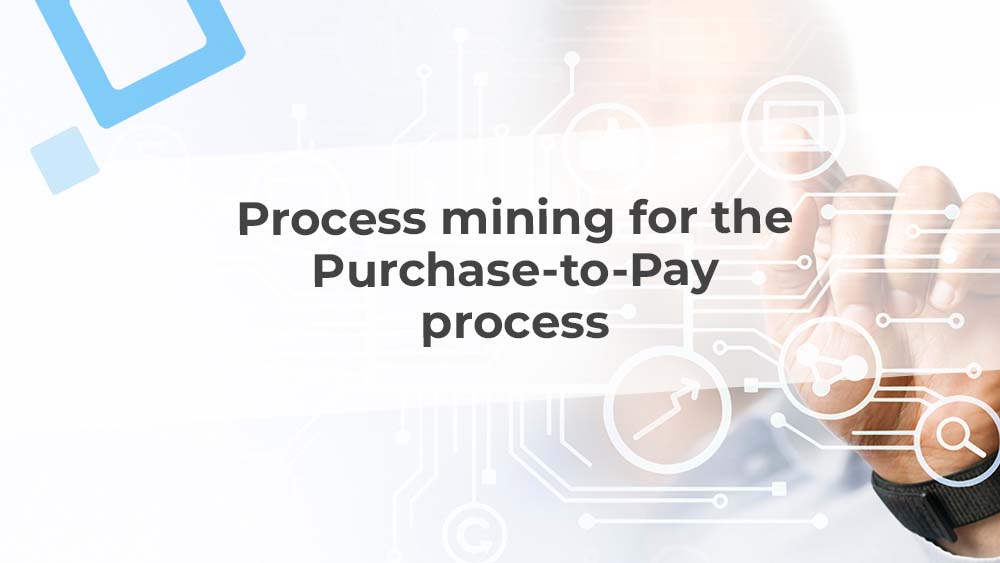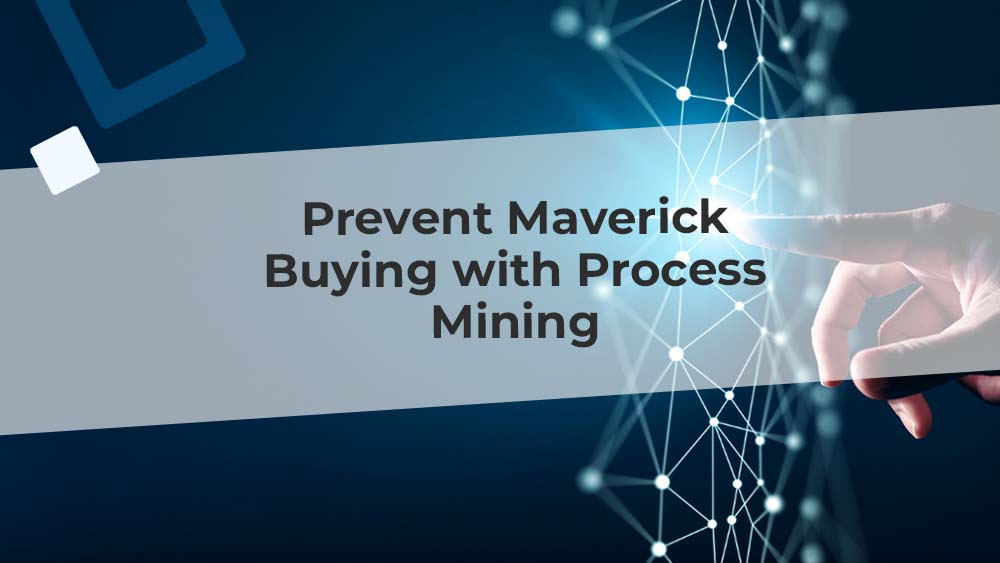The most commonly asked questions about process mining software
You might have heard about process mining, but are still unsure about how it works and why you could use it in your organization.
In this process mining Q&A blog, you’ll find answers to the most common questions that we get from companies considering if, and how, they could use process mining to understand their business processes and improve their operational efficiency.
You'll find answers to questions such as:
- How does process mining software work?
- Who can use process mining? For which processes and use cases?
- We already use a BI system, why should we take another system into use?
- Suppose we find a problem in the process. How does this tool help us fix those problems?
- What kind of problems and solutions can you discover with process mining?
- Our data is in two separate systems. Can process mining software connect to these systems and combine data from different sources?
- What is required from us in order to use your process mining tool? We’re not looking to invest in any integration of systems.
- Most of our data is stored in a data warehouse. Can it be used for process mining?
Questions & Answers
Let's start to go through the process mining -related questions that we get asked most often! Is your question missing? Comment below or book a meeting with us - we are always happy to help :)
1. How does process mining software work?
When your employees or software robots interact with IT systems – such as SAP, ServiceNow, Salesforce, or Oracle - the activities leave a trace of data behind, referred to as an event log.
Process mining takes the data that exists in these information systems and uses it to visualize the real-life execution of your company’s processes together with other insights drawn from the event logs.
Some process mining software, such as QPR ProcessAnalyzer, draws this data directly from the information systems through built-in connectors.
2. Who can use process mining? For which processes and use cases?
Essentially any organization in any industry can use process mining. However, the larger the organization and the more complex the processes, the more you gain out of process mining.
For example, QPR’s process mining software has been used to mine insights from 70+ processes (such as procurement, accounts payable, accounts receivable, order management, and more) and includes solutions for a variety of use cases, such as Financial Shared Services Transformation, Intelligent Automation, ERP Development and Migrations, Digital Transformation, and Process Intelligence.
Our customers come from a variety of industries: insurance, manufacturing, telecommunications, healthcare, pharmaceuticals, and many more (read in more detail about our customer cases).

3. "We already use a BI system. Why should we take another system into use?"
There are clear differences between business intelligence (BI) systems and process mining, although they both serve the purpose of providing insights into operations and enabling business leaders to make better, fact-based decisions.
Although both BI and process mining help you measure and monitor targets, process mining adds to this by helping you to quickly analyze business processes in real time. These pre-built analyses easily reveal a variety of areas for optimization: bottlenecks, compliance violations, and process deviations.
“We gave the data of the system, and right away, in 5 minutes, we saw the bottlenecks of the process." -Piraeus Bank
A key benefit of process mining compared to BI: Root Cause Analysis
Another significant difference between process mining and business intelligence concerns finding the root causes of problems. Process mining helps you focus on the most relevant problems, i.e. the ones with the biggest business impact.
Process mining reveals problem areas in your processes by highlighting them in flowcharts and ranking them based on how they contribute to business outcomes. This tells you what to prioritize when you want to improve your business operations. Process mining provides answers not only to “what is happening?”, and “when is it happening?” – but also “why is this happening?”.
“If you are looking after your team and the piece of the process you run, what’s better than getting a warning when something goes amiss and then drilling down to the root causes why that is happening.” - MetsäBoard
Another difference between process mining software and business intelligence (BI) tools concerns ease of use: Whereas millions of rows of process data might prove difficult to tackle using traditional BI tools, process mining provides an easily comprehensible, visualized overview of your processes.
"QPR ProcessAnalyzer is extremely user-friendly and you won’t need an expert to interpret results" - KBC Group
4. "Suppose we find a problem in the process. How does this tool help us fix those problems?"
Just as Word does not write documents itself, process mining cannot fix the problem for you. However, process mining software with automated root cause analysis helps you identify and locate the most significant problems - some process mining software go a step further and notify you when things are going wrong in your processes.
Instead of waiting for a year for an auditor to tell you what went wrong in the past or get fined for not adhering to rules and regulations, you can act immediately. Process mining helps you to optimize the processes with the biggest business impact and fix errors before they even happen, saving you both costs and effort.
When you have discovered how your processes work in reality, you will surely find areas that you want to dig deeper into. The unique 1-click root cause analysis in QPR ProcessAnalyzer is integrated with all other analyses, which means that it's this simple: first, you spot a problem in e.g. automation, compliance, or lead time analysis, and then, with the click of a button, you’ll see what's causing the problem.
QPR ProcessAnalyzer also ranks the root causes according to their contribution to business outcomes, so you know how to prioritize your corrective actions. However, how you fix the problem depends entirely on the type of problem you identified.
5. What kind of problems and solutions can you discover with process mining?
Three common examples:
- Maybe you are having problems with a specific supplier or account manager? Process mining will pinpoint who is causing the problems and how big the business impact of these problems is. With ready-made solutions that you can use to analyze e.g. Service Level Agreements, the Four Eye Principle, and Maverick Buying, you will be able to spot which supplier or account manager is causing your organization the most significant problems through Maverick Buying, errors, or fraud.
- You may also find, for example, that employees in one geographical area have not understood how to use the ERP system properly, and this is causing a lot of problems that add up to a large business impact. By hosting more training sessions for employees in this area or unit to learn to use the ERP system properly, your organization will see significant cost savings.
- Perhaps your extensive process variations are causing issues for your Robotic Process Automation (RPA) bots? Often, businesses get excited by RPA and the substantial business benefits it can bring to a company. However, RPA can be very costly if you implement it without having a sufficient understanding of your processes. The reason for this is that software robotics are programmed to follow certain rules, while the processes and steps you wish to automate naturally have extensive variations.
Process mining software not only shows all your process variations and the most common ones but also suggests how you can optimize your processes and improve the performance of your bots. For instance, you will see which manual activities are causing the longest lead times and would be the most profitable to automate next and track the performance and progress of your automation initiative.
Do you know what your percentage of zero-touch processes is?
With the process mining software QPR ProcessAnalyzer, we helped a large bank increase the automation rate of existing automation initiatives (instead of only focusing on finding new opportunities for automation): in two months, they increased their zero-touch rate from 5 % to 40 % and saved € 2.6 million.
6. "Our data is in two separate systems. Can process mining software connect to these systems and combine data from different sources?"
Yes, process mining software often have some kind of Connectors that enable the transferring of data.
With QPR, it is possible to utilize data that's spread across disconnected systems and applications: if your organization is using several on-premise SAP ERP systems, one Salesforce cloud solution, a few custom SQL applications, and some excel files – don’t worry, you can use the event data from all of them for the process mining model.
The QPR Connectors enable QPR's process mining software to connect to a variety of source systems. Using these connectors, QPR ProcessAnalyzer systematically transfers data from source systems to the QPR ProcessAnalyzer server, enabling data quality validation and real-time analysis.
Connecting data from different sources is possible in the following ways (and this is something that QPR helps you with!):
- When the cases in two different datasets have the same ID. In this case, it is very straightforward.
- When the systems use a different ID for the same case and this connection is known, data can be combined based on this logic. Of course, it is also possible that the processes are analyzed as separate entities based on data - not everything needs to be combined.
7. "What is required from us in order to use your process mining tool? We’re not looking to invest in any integration of systems."
All process mining vendors have different ways of helping their customers to start using their software. We have developed a framework to explain how we help our customers, consisting of the following steps: Data-Model-Insight-Value.
This concept is used to describe not only the steps of taking process mining into use with QPR ProcessAnalyzer but also to clarify the division of tasks and responsibilities.
Data to model: QPR checks where your organization’s data comes from, and whether there is a need to make some arrangements (such as anonymization). Thereafter, QPR connects to it using the QPR Connectors. We will still go through the process mining model with you before the second phase, to make sure everything is correct.
Model to insight: After that, 'magic happens' - that is, the actual process analysis work begins. This is where you are more involved, and sometimes, this phase happens with the help of a partner. With QPR ProcessAnalyzer’s extensive ready-made analyses and presets for various use cases, we’ve made the analysis part easy for you.
Insight to value: This is the part of the process mining journey that you are fully in charge of. In this phase, you make the changes, based on the insights from the previous phase, that lead to the actual value – whether this is system development, change management, six sigma, or Robotic Process Automation.
8. "Most of our data is stored in a data warehouse. Can it be used for process mining?"
Absolutely! Data residing in data warehouses can be used for process mining just like data taken directly from your organization's IT systems. In fact, using a centralized data warehouse to store all the data generated by your IT systems is a best practice when it comes to data management.
QPR ProcessAnalyzer uses Connectors to extract data from data warehouses for process mining. However, if you are using Snowflake Data Cloud, QPR can do even better!
While most process mining vendors basically copy and paste the data from the data source into their own software, QPR ProcessAnalyzer does not need to copy data when using Snowflake Data Cloud. QPR ProcessAnalyzer runs natively in Snowflake, which means that all the process mining analyses done for data in Snowflake Data Cloud are processed inside Snowflake, and there is no need to move data away from Snowflake Data Cloud.
This allows you much more flexibility to scale your process mining analysis as QPR ProcessAnalyzer can analyze over 1 billion rows of data in one go (traditional methods allow only tens of millions of rows). Even more importantly, your organization's data security improves significantly as you don’t need to copy data away from Snowflake Data Cloud. Therefore, you can apply your existing data management procedures with ease!
Lastly - do you have questions? Comment below and we’ll answer!
We see more and more companies starting to use process mining for analyzing and improving their business. Our customers have gained lots of benefits like shortening lead times, improving compliance, and reducing the amount of rework in their processes. To stay ahead of the competition, now is a great time to have a look at process mining! If you are ready to reap the benefits of process mining, send us a direct message or book a demo with our experts.
You may also like
These related stories

Modern process mining in Snowflake Data Cloud

Optimizing the purchase-to-pay process with process mining

